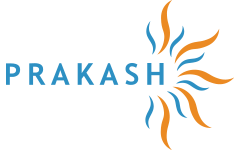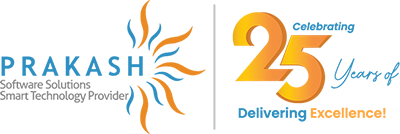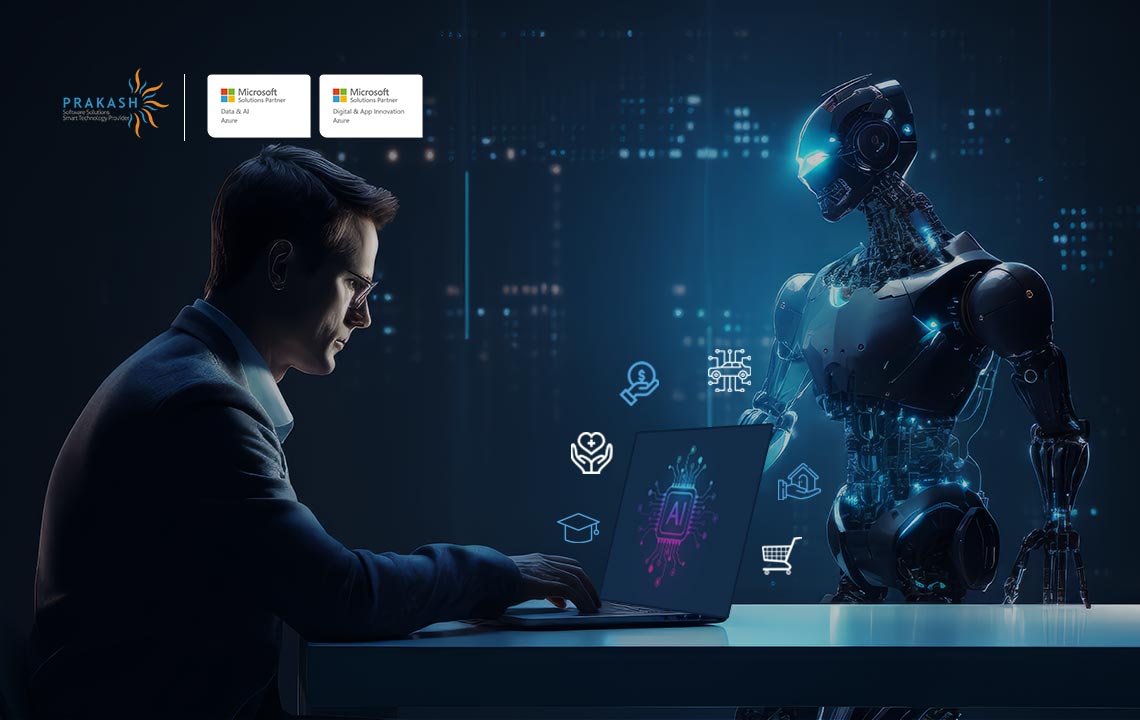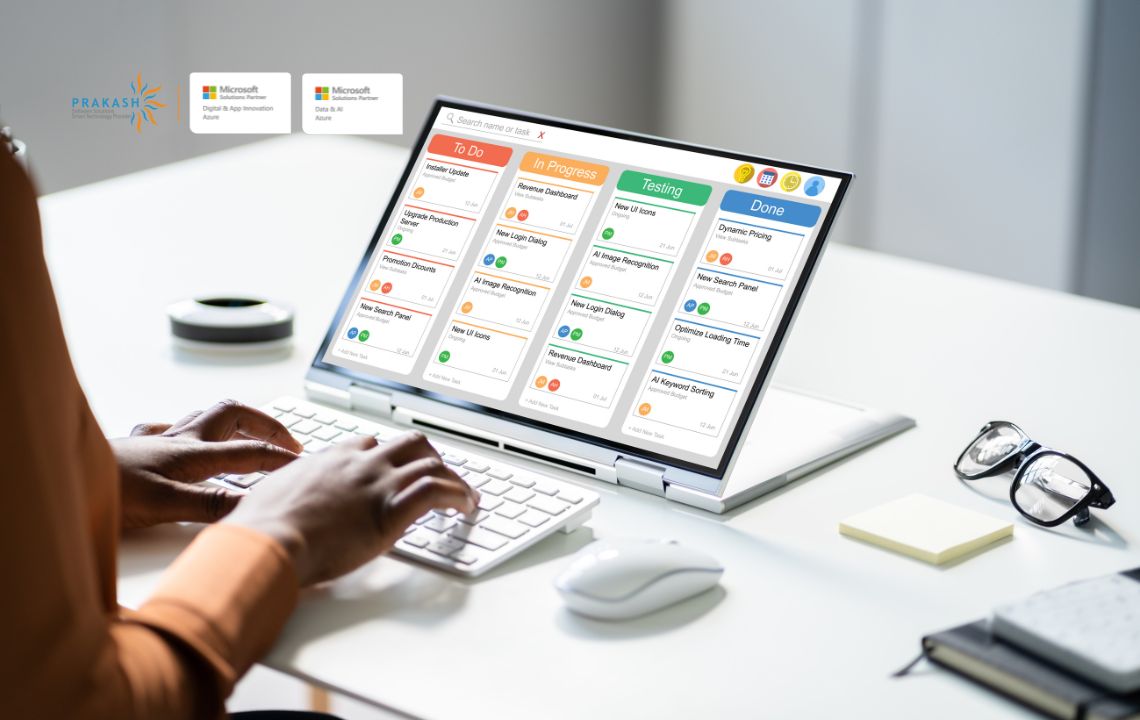
Software Development Models (SDLC) Guide
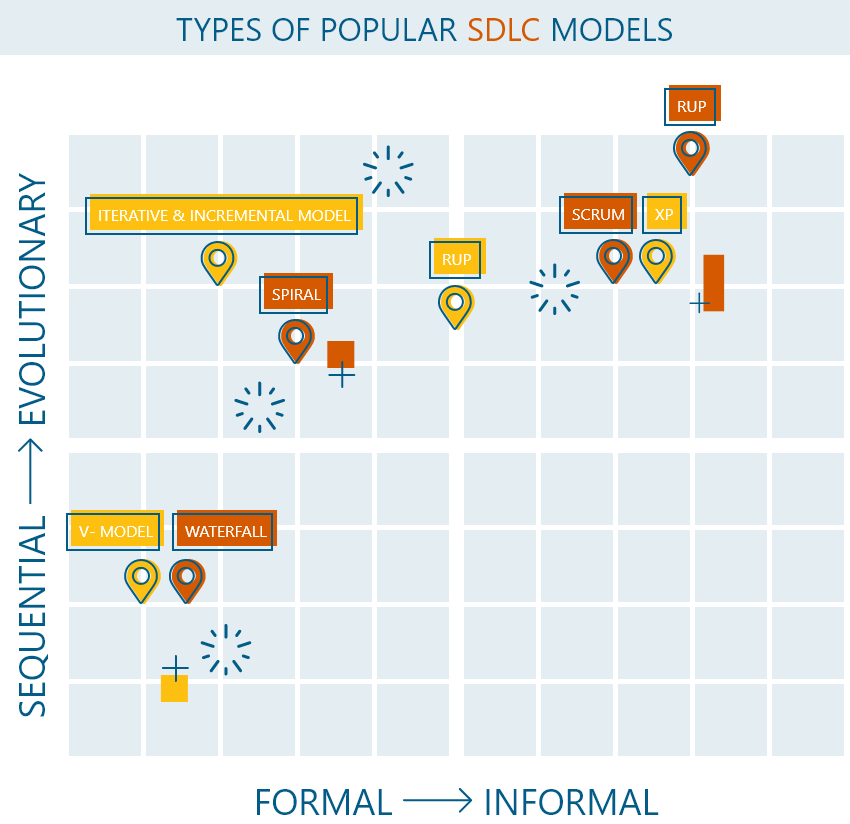
Depending on how they handle workflow organization – linearly or iteratively – and what kind of relationships are built between the development team and the client, all SDLC models can be divided into numerous classes.
The types in the chart’s lower quadrants follow a sequential flow. They’re simple to set up, use, and manage. As you progress up the ladder, the process becomes less rigid and more adaptable to changes in future software requirements.
The models on the left side of the chart suggest less customer involvement; as you move to the right, the models get more ‘cooperative,’ incorporating customers more deeply into various stages of the software development life cycle.
Now let’s analyze some of the different software development models.
Models for the Software Development Life Cycle
The software development process is depicted in a diagram called a software life cycle model. Although each SDLC model takes a different approach, the core stages and activities are the same for all of them.
Waterfall Model
Waterfall is a cascading SDLC paradigm in which the development process resembles a flow, progressing through the phases of analysis, projecting, realization, testing, implementation, and support one step at a time. This SDLC model contains the whole execution of each stage. Every aspect of the software development life cycle model is meticulously documented and standardized, with characteristics expected at each stage.
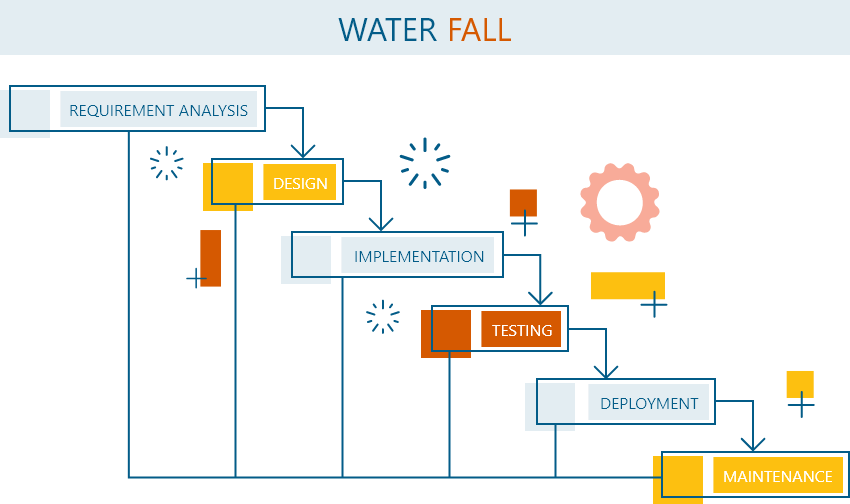
Use Cases :-
- Mid-sized to small projects with repeatable, and well-defined needs (small company website development)
- Projects that require a higher level of control, as well as a more predictable budget and timeframe (e.g., governmental projects)
- Multiple rules and regulations must be followed when working on a project (healthcare projects)
- Projects that make use of a well-known technology stack and tools
Validation and Verification Model (V-model)
The process stages are twisted upwards following the implementation and coding phase, forming the typical V shape, rather than flowing down linearly as in the waterfall model. The main distinction between the V-shaped model and the waterfall model is the V-shaped model’s early test planning.
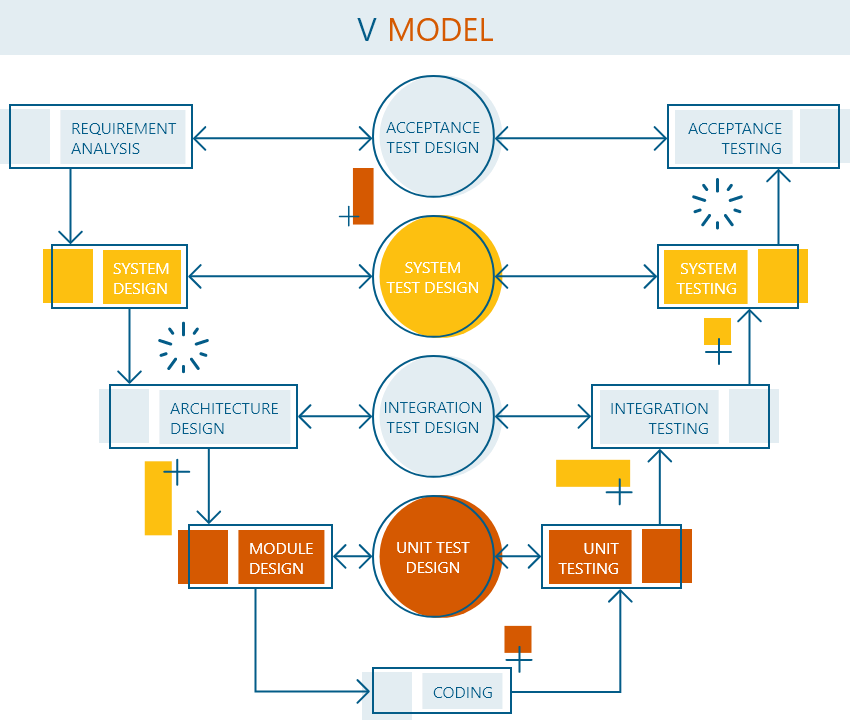
Use Cases :-
- Projects where downtime and failures are unacceptably costly (e.g. aviation fleet management software, medical software)
Iterative and Incremental Model
With iterative development, the software grows and evolves with each iteration. The software design remains consistent as each iteration builds on the preceding one. Because software is delivered in chunks, there is no need for a detailed specification at the start of the project, and the need can be tweaked as the project progresses. However, needs cannot be drastically altered; key requirements, particularly those for system architecture in the event of incremental development, must be established at the outset, as a result, future integration of the offered software parts may provide a challenge. Every software developer need to follow certain predefined coding guidelines, as per the SDLC
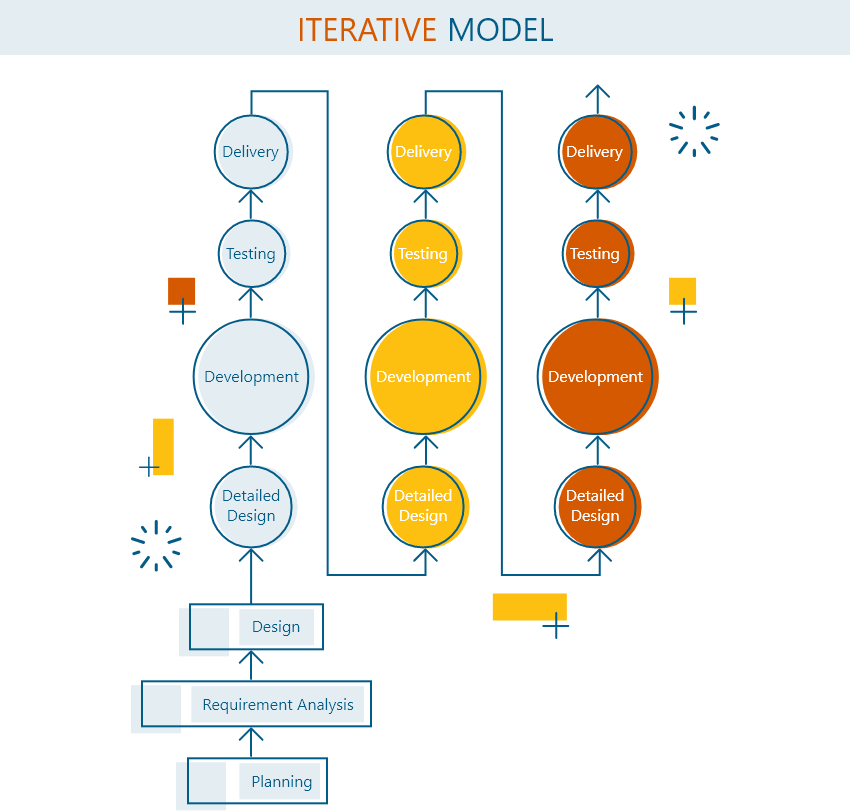
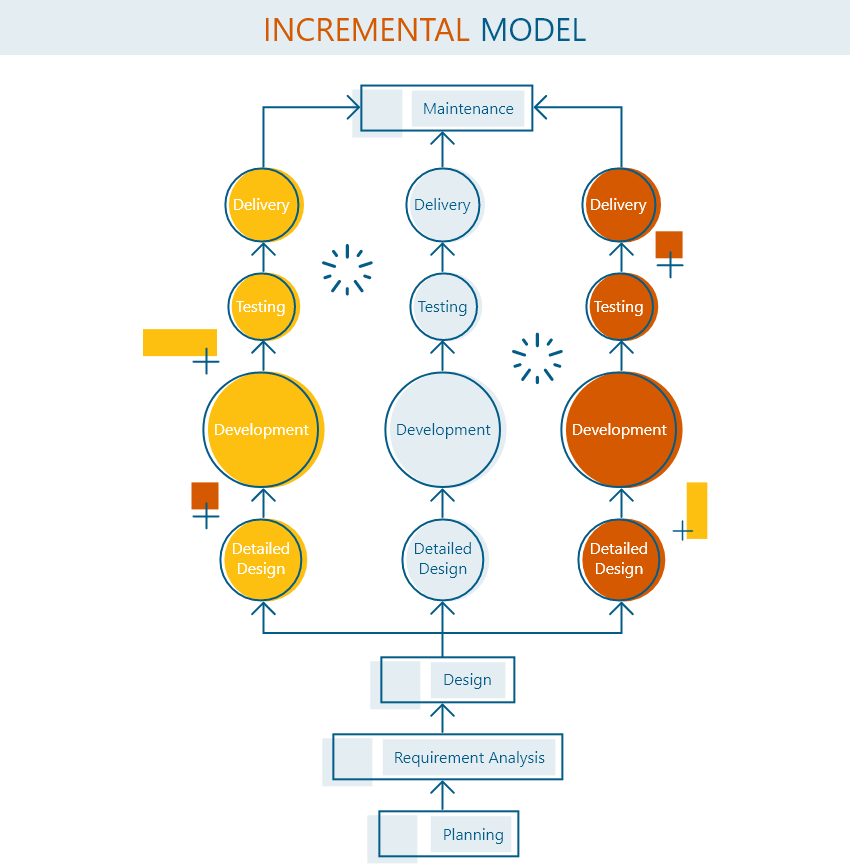
Use Cases :-
- Large, mission-critical enterprise programs are made out of loosely linked components like microservices or web services.
Spiral Model
The spiral model is a stage-based SDLC approach that blends architecture and prototyping. It’s a hybrid of the Iterative and Waterfall SDLC models, with a strong emphasis on risk analysis. The fundamental problem with the spiral model is determining whether it is appropriate to advance to the next stage. The use of predetermined time frames is suggested as a solution to this problem. Even if the preceding stage’s work isn’t finished yet, the transition to the next stage is carried out according to plan. The strategy is presented based on statistical data gathered during past projects, as well as personal development experience.
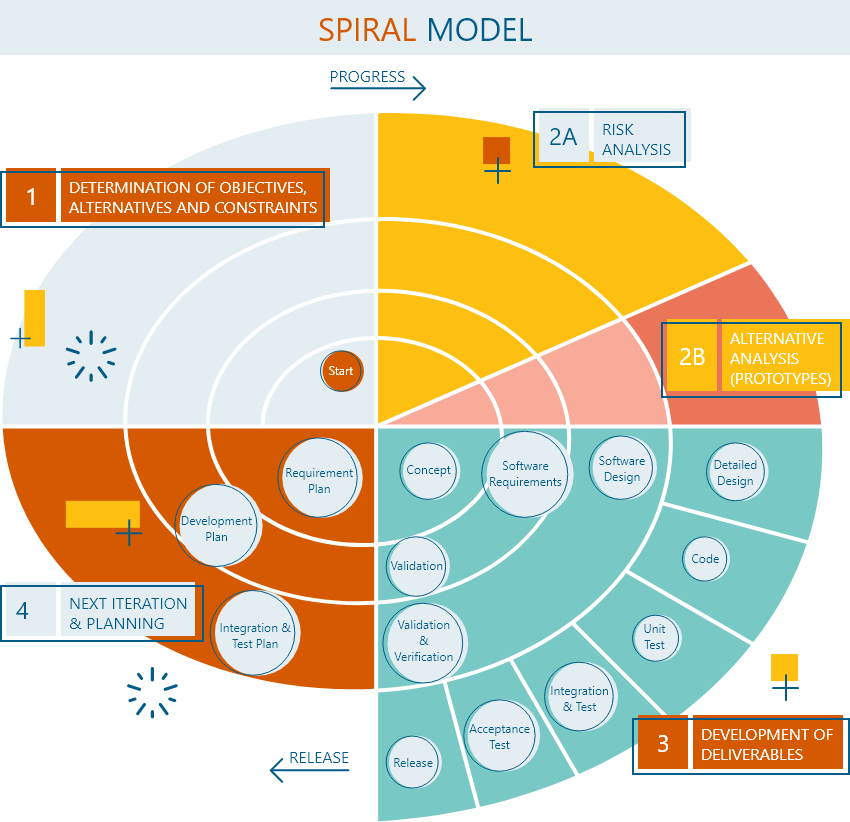
Use Cases :-
- Projects with ambiguous business needs or requirements are too ambitious or inventive.
- Projects those are enormous and difficult to complete.
- The launch of a new service or product through research and development (R&D).
Agile Model
The customer can view the result of each development iteration in the agile process and decide whether or not he is satisfied with it. One of the benefits of using the agile software development life cycle model is this. One of its drawbacks is that it is impossible to predict resources and development costs in the absence of clear needs. One of the agile model’s practical implementations is extreme programming. The Scrum approach’s short weekly meetings – Sprints – serve as the foundation for such a paradigm. Use Cases :-
- Practically any startup initiative that requires early input from end customers
- The majority of mid-sized custom software development projects where business needs cannot be reliably converted into explicit software requirements
- Large projects that can be broken down into small functional components and developed slowly over time
For the Project to be completed successfully, it is critical to follow an appropriate life cycle. As a result, management becomes easier. Each Software Development Life Cycle model has its own set of advantages and disadvantages. The ideal model for any project is determined by aspects such as system complexity, project size, the requirement (clarity or ambiguity), cost, skill restriction, and so on. Share your comments and feedback. Happy Reading!!
